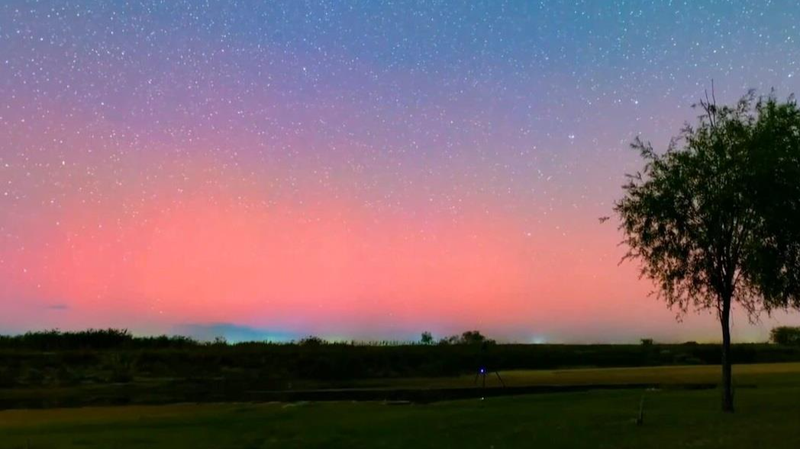When dawn broke on September 29, skywatchers from G20 capitals to remote villages were glued to their screens, but few were ready for nature's surprise. A minor 12-hour geomagnetic storm kicked off at 9 am and intensified into a three-hour strong event by 2 pm on September 30, peaking at a global Kp index of 7.33. The result? Mesmerizing auroral curtains painting the night sky over Jiamusi in northeast China's Heilongjiang Province, as documented by China Media Group (CMG).
Unlike most aurora displays triggered by powerful solar flares, this spectacle arrived without any headline-grabbing blasts from the Sun. Instead, space-weather scientists point to a high-speed solar wind streaming from a modest coronal hole. There's also a chance a stealth coronal mass ejection (CME) might have joined the show, offering a one-two punch that supercharged Earth's magnetic shield.
For digital nomads hunting offbeat travel experiences, the timing was serendipitous: September typically marks the start of the solar minimum. Yet the geomagnetic punch packed enough energy to push auroras into mid-latitude skies. Photographers and influencers online captured waves of green and red ripples, turning Jiamusi into an impromptu light festival.
Tech teams monitoring satellites and power grids took notice, too. Even a moderate storm with a Kp of 7 can induce currents strong enough to impact sensitive electronics and pipelines. As one researcher noted, "Space weather isn't sci-fi – it's a real-world factor for global infrastructure and the next generation of entrepreneurs exploring off-planet communications."
Whether you're tuning in for business insights, sustainable travel tips, or pure cosmic wonder, this aurora event is a reminder: our planet doesn't exist in a vacuum. From solar wind data to stunning sky photos, the interplay between Earth's magnetic field and solar activity offers fresh angles for students, startups, and storytellers alike.
Keep your eyes peeled and your apps ready – when the Sun decides to surprise us, even a quiet season can light up the night.
Reference(s):
Stunning auroras spotted in NE China after geomagnetic storm
cgtn.com



